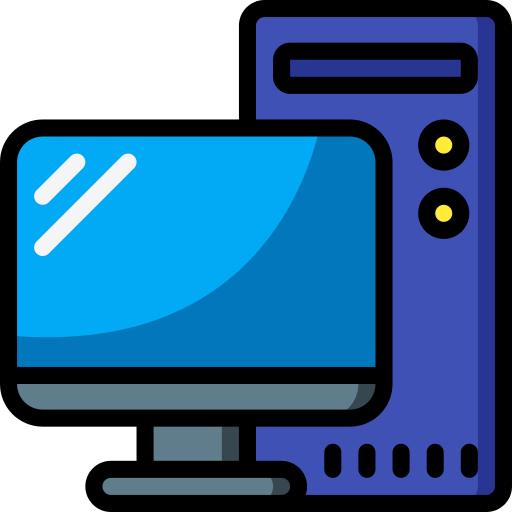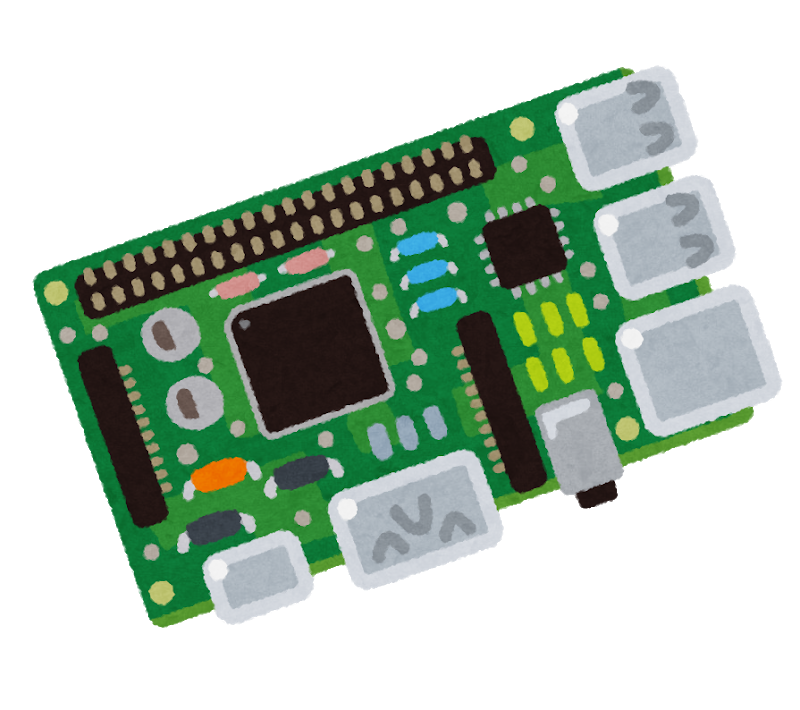I did the hackiest, lamest thing back in the day… I had my client write the current date and time to a file on the share every two minutes as a Cron job… Kept it working for months! I saw it on a forum somewhere, tried it, and… Shocked Pikachu face I don’t know if I ever disabled that Cron job! Haha!
- 0 Posts
- 31 Comments
I have dyndns, have since they were 10$ a year, and I’ve gradually realized that my ISP changes my IP on average less than once a year…

 1·5 months ago
1·5 months agoI have it working with LaCP’d 4gb networking for the transfers. Five nodes. I agree though, It’s a beast on RAM.

 51·5 months ago
51·5 months agoI have tried a couple of Proxmox clusters, one with overkill specs and one with little Mini PCs. Proxmox does eat up a fair amount of memory, but I have used it with Ceph for live migrations. Its really useful to me to be able to power off a machine, work on it, then bring it back up, and have no interruptions in my services. That said, my Mini PCs always seemed to be hurting for RAM. So that’s my pros and cons.
You mean I didn’t need to spend years and thousands of dollars learning Linux and servers? Oh man! Oh wait, I’m getting ads in Windows on the start menu. Yeah, I’m happy.
There’s a series of Lemmy posts called the Linux upskill challenge that goes step by step through setting up and using Linux. I tried self hosting and jumping straight in too, and it sucked.
What worked for me:
- Start using open source versions of stuff, like switching from Chrome to Firefox, Office to Libre Office.
- Set up Virtual Box, and practice running server apps on Linux on virtual machines, until you’ve done a few Linux VMs and gotten used to the interfaces and commands.
- Dual boot a laptop or desktop, one by one getting your daily use apps working in Linux.
- Distro hop a bit. I never thought I’d land on Fedora, but here I am.
- Get used to running and configuring servers from the command line.
- Host some stuff with VMs and get used to the networking and bridging and stuff.
- Containers!
I’m still in the middle of 6+7. Not super comfy with Docker quite yet, but getting there. I really do love having my stuff self-hosted though. Well worth the effort.
Super Mario 2: Don’t you pick up that key! Hey, put that key down!
Not that Alanis Morissette song?
I have two old usb2 4tb drives attached, and the only issue I run into is a bit of delay at the start of a video in jellyfin. My jellyfin is running in a container in the Nuc though, not natively, and it’s a Celeron from a while back, so…

 1·8 months ago
1·8 months agoI have Jellyfin working on it as it’s own VM in Proxmox. It has a long delay before a stream starts, but playback is fine. No complaints. It accesses my media as a mount off of a different PC over Samba.

 2·8 months ago
2·8 months agoYup! Exactly right. Weirdly, I just did this exact guide. I already had the Proxmox and a template of Ubuntu, but the rest, yup! I am running a pihole Docker, and a SearxNG, and they both work great, on OAF hardware. I meant to write EoL, but OAF works.

 21·9 months ago
21·9 months agoThanks for this! Looking forward to trying it out!

 3·9 months ago
3·9 months agoI’ve had pretty good luck with www.era.ca. I’m in their city though, so I can pick up locally, and I can return anything that doesn’t work for me. They have an eBay store www.ebay.ca/str/calgarycomputerwholesale. They do sell “for parts” and “as is” though, so read the listing.

 2·9 months ago
2·9 months agoThere’s a store in my town called Memory Express, and I bought their generic card back in the day. I can’t remember if it was vantech or Startech branded. I didn’t actually buy it for that purpose, I just had it lying around. I originally bought it because my work computer had no ethernet port, and I was testing networks with it. It’s funny, I seem to wander through my Linux-using experience with amazing luck. I always hear about ‘no sound’ or ‘no wifi’, and I’ve never run into that.

 2·9 months ago
2·9 months agoThis is really lame to suggest, but I had an old Mac Mini that had a dead NIC, and I also had a USB NIC, and it ran that way for god knows how long… Maybe 20$ and keep using the Mac Mini? I have an old Lenovo Tiny that’s running a few Docker services. It’s an i5-4570t, I think? It sits in my closet next to my router and is probably covered in dust.
Welcome to the club! My Plex box is an i7-950. Not a 9600k… It’s whatever I had lying around. It eats more power than it needs to, but it fits a whole lotta hard disk, so I’m good! It also shares it’s library with a little VM on a Dell tiny i5-4570t which runs jellyfin. I prefer jellyfin, the Mrs and the MIL prefer Plex. Don’t stress high end hardware, just make sure you can stuff enough disks in it to hold your library. I bought the tiny used from an auction, and I built the Plex box back in, like, 2008 or something? Anyways, the point is, it’ll probably work fine, go cheaper if you want.
My first step was Nextcloud as a snap on a Xubuntu desktop. Very old hardware but a big hard drive.
That was eight years ago. I’ll let you know if it fails anytime soon.
I have a bunch of other stuff now, but that was the start, and I still use it all the time!

 4·9 months ago
4·9 months agoHandler. Everyone’s shovelling coal into the furnace to keep from freezing to death, she’s making roasted yams, and then eats them in front of everyone who is collapsed from exhaustion.
Everytime I kill the monster, she’s like, “Yay! We did it!”

 2·10 months ago
2·10 months agoMe too! Are you me? Oh no, I’ve finally lost it… I’m talking to myself.

I checked, it’s still there! (It doesn’t append, it overwrites, so no, I just have a file with the current date and time accurate to within two minutes.)